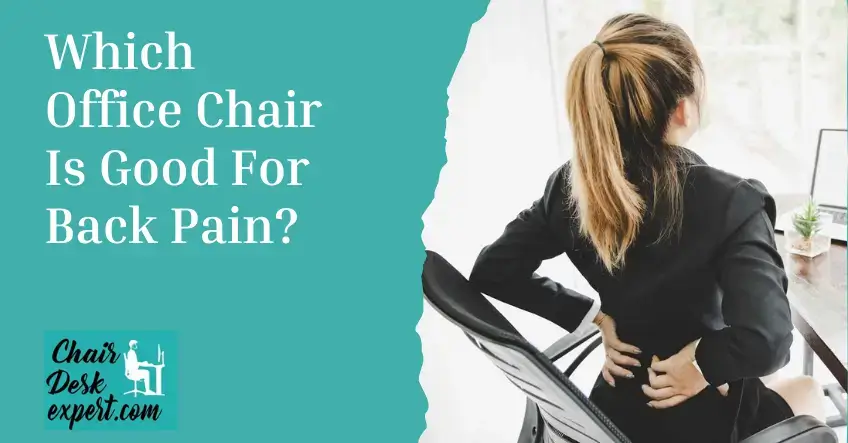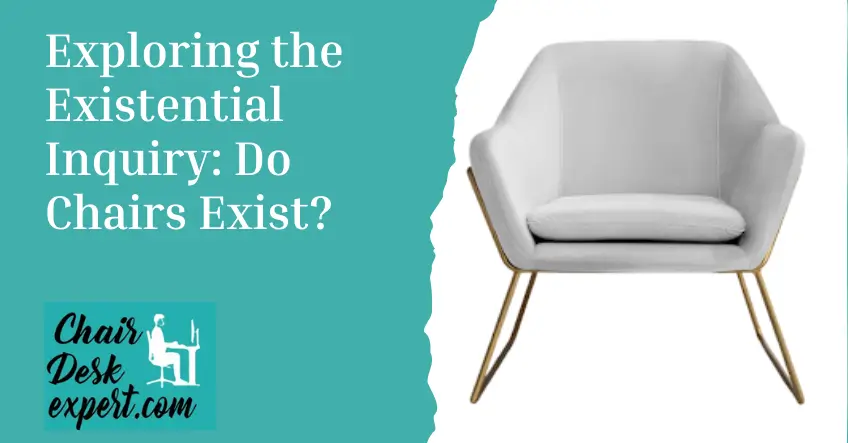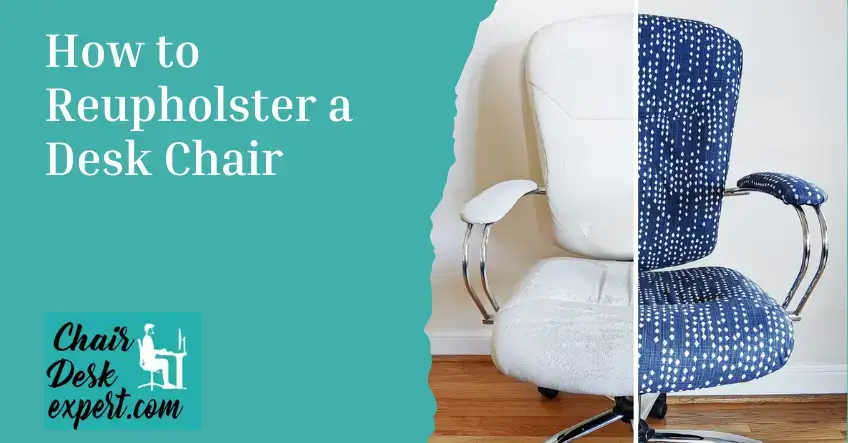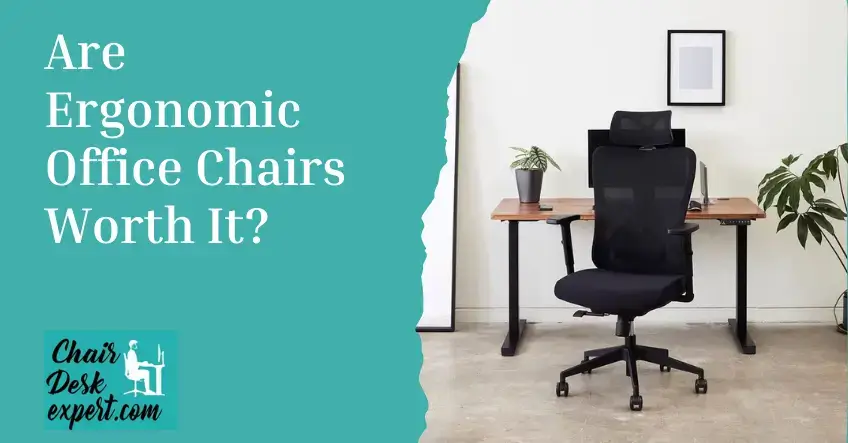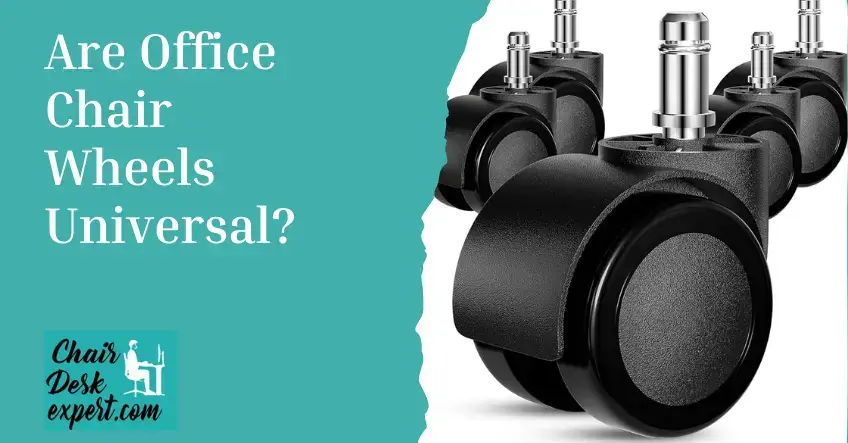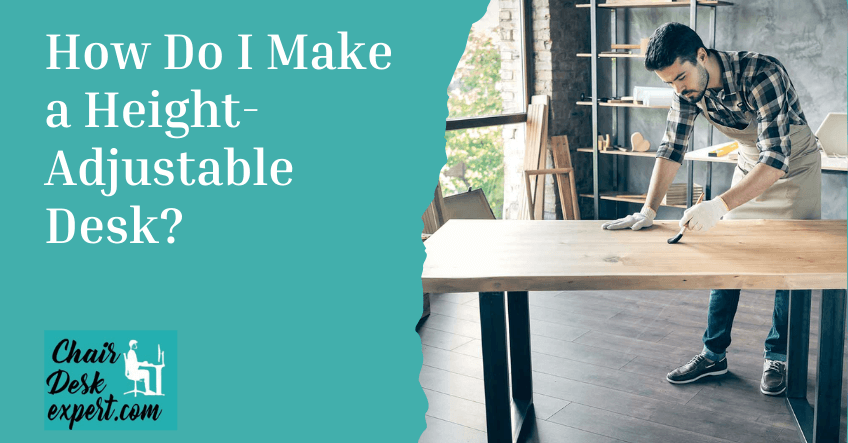Which office chair is good for back pain? Chairs with ergonomic support are good for back pain. Due to their features, like lumber support and adjustability, they can reduce back pain.
The lumber support feature helps maintain the spine’s natural curved position. In contrast, chair adjustability allows you to set chair height according to your needs.
These chairs have many other features that are useful to prevent health issues, so let’s find in detail their features and which office chair is good for back pain.
Which office chair is good for back pain? Features and their types!

Below, we will explain the features of ergonomic chairs, their types and how to sit on them properly. Keep reading to find out Which office chair is good for back pain?
Ergonomic Office Chairs:
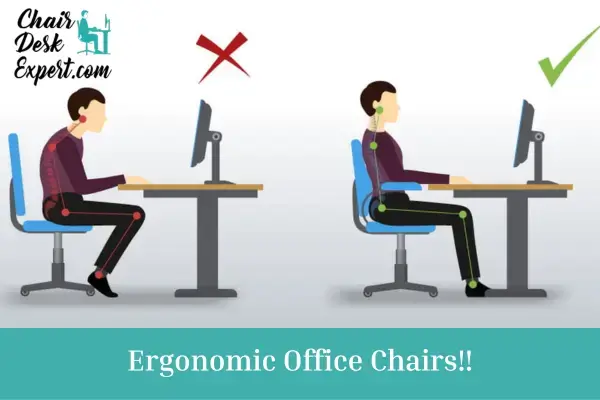
Ergonomic furniture is designed to reduce the risk of musculoskeletal issues. Their main focus is to provide comfort during prolonged use. Key characteristics of ideal ergonomic furniture include:
Spinal Support:
It supports the natural S shape of the spine and prevents slouching postures that can cause back, neck, and joint problems.
Adjustability:
Features adjustable height, backrest angle, and arms to accommodate individuals of varying sizes and proportions. Customization promotes optimal posture for different users.
Posture Emphasis:
Prioritizes healthy posture over convenience or aesthetics. The design promotes comfort while maintaining proper body alignment, reducing the risk of musculoskeletal strains.
By incorporating these features, ergonomic office chairs contribute to a healthier and more comfortable workspace, supporting overall well-being during extended periods of use.
What to look for in an office chair?
Look for optimal lumber support and chair adjustability features, as they play an important role in preventing back pain. Below are the main features to consider when choosing an office chair.
>> Read Also: What Is A Drafting Chair
1-Lumbar Support:
Look for a chair with built-in lumbar support or one that allows you to adjust the lumbar area to suit your lower back’s natural curve. This feature helps maintain proper posture and reduces tension on the lower spine.
Top Picks : 7 Best Office Chairs for Sciatica to Reduce Pain
2-Adjustability:
Choose a chair that offers various adjustable settings, including height, recline, and tilt. This allows you to customize the chair to your body’s needs, providing optimal support for your lower back.
3-Reclining Function:
A chair with a reclining function can help distribute pressure evenly across the spine and reduce strain on the lower back. Being able to recline slightly can be beneficial for relieving pressure at the base of the spine.
4-Seat Depth and Width:
Set your seat dimensions, depth and width according to your body size. A seat that is too narrow or deep can cause discomfort.
5-Quality Padding:
Select a chair with quality padding, most probably in the lumbar region. Chairs with cushions will support the natural curve of your back and provide more comfort.
Read more:>>>> Top 6 Ergonomic Office Chairs for Ultimate Posture & Support
6-Regular Breaks:
It is not a chair feature, but taking regular breaks during sitting can reduce the strain on your back. Stand-up, stretching, and walking every 30 minutes are recommended practices.
7-Additional Lumbar Support Options:
If you feel your chair is not providing enough lumber support, use an additional lumbar support pillow. It helps you to customize your chair to fulfill your lower back requirements.
8-Adjustable Backrest:
Check for a backrest that can be moved back and forth, especially if attached to the seat. Ensure there’s a locking mechanism to maintain proper positioning. Look for angle and height adjustability to suit individual preferences.
>> Read Also: What Is An Executive Chair
9-Material and Padding:
Select a breathable fabric material for comfort during prolonged sitting. Choose padding that balances between being neither hard nor too soft to provide optimal support.
10-Armrests:
Choose chairs with adjustable armrest features. It reduces the strain on your neck and shoulders. Chair height adjustment according to your requirement is necessary to remain safe from slouching.
11-Controls:
Ensure easily accessible controls for adjusting tilt, height, and swivel while seated. The convenience of control accessibility is essential for optimizing comfort levels.
12-Mobility:
Look for a chair with castors suitable for your floor type (carpet, hard surface, or a combination).
>> Read Also: What Is The Ideal Height For A Desk Chair
How to sit properly in an office chair for back pain?
To sit properly in an office chair:
- Ensure your knees are slightly lower than your hips.
- Keep your feet flat on the floor or use a footrest.
- Avoid crossing your legs to prevent posture-related aches and pains.
- Use an adjustable chair to support your lower back and maintain proper alignment.
- Position your chair and keyboard to use them with straight wrists and hands.
By paying attention to these features and sitting guidelines, you can select an ergonomic office chair that promotes good posture, reduces strain on your back, and contributes to overall back health.
Common Types of Ergonomic Chairs
1-Exercise Ball Chair:
While not a traditional chair, it promotes active sitting by forcing movement and balancing. The bouncing motion encourages muscle use and circulation, reducing stress and fatigue. Some variations include optional backrests and wheels.
2-Ergonomic Kneeling Chair:
Features two seat areas, one for sitting and the other for resting the knees. The design naturally aligns the neck, shoulders, and back by sliding the hips forward.
Weight distribution between knees and pelvis reduces the risk of spinal compression, minimizing sitting-related low back pain.
Ergonomic Saddle Chair:
Forces sit into a semi-standing position, resembling a person on a horse saddle. The legs drop naturally on the sides, strengthening back muscles and improving lumbar stability.
Popular among individuals with low back pain, saddle chairs discourage slouching and enhance overall circulation throughout the day.
>> Read Also: 10 Problems With Standing Chairs
Final Verdict!!
So, Which office chair is good for back pain? A Good office chair contains features like lumber support, adjustability and ergonomic design. A chair with lumbar support maintains a healthy posture. Its quality material provides comfort, and its reclining functionality can contribute to preventing back pain.
FAQs: Which office chair is good for back pain?
Q: What type of office chair is best for sitting all day?
A: Choose a chair with adjustable lumbar support, seat height, and back tilt for varied seating positions throughout the day.
Q: Should my lower back touch the chair?
A: Yes, ensure a bit of pressure and feedback in the low back area. Sit on your sit bones, avoiding rounding or slouching.
Q: Are there specific chair brands or models recommended for back pain relief?
A: Yes, certain chairs with features like lumbar support, adjustable height, and backrest angles can aid in back pain relief.
Q: Can using an exercise ball as an office chair help with back pain?
A: It depends. Some may find it supportive for the core and back, but others may struggle with maintaining proper posture.
Q: What is the best seating for lower back pain?
A: Reclined sitting with lumbar support helps relieve lower back pressure, maintaining the spine’s natural curve.
Q: Which type of chair is best for back pain?
A: An ergonomic chair with adjustable lumbar support and a 12 to 19-inch wide backrest is ideal for back pain.
Q: Does chair height matter?
A: Yes, correct height reduces strain in arms and legs, allowing comfortable foot placement on the floor.

